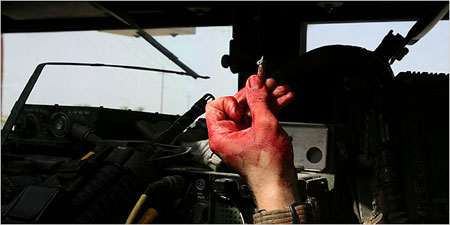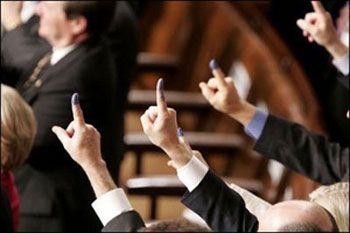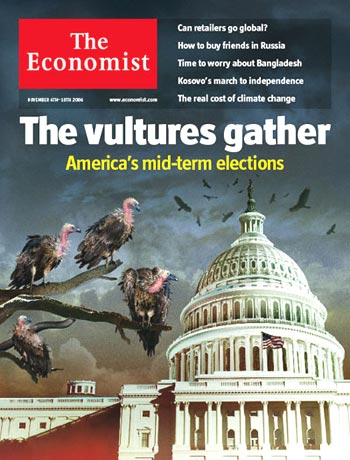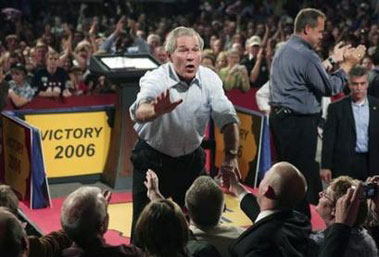Notes
Bullet

by Chris Maynard
This is the bullet, a 7.62mm armor-piercing slug, that went through the Kevlar helmet, and then the head of Marine Lance Corporal Colin Smith, 19, wounding him critically. The bloodied hand belongs to Petty Officer Third Class Dustin E. Kirby, 22, a Navy medic assigned to Smith’s platoon.
The sniper’s shot came in an outlying part of Karma, perhaps an ominous place name on this particular day, in Anbar Province, northwest of Baghdad. Lance Cpl. Smith was loaded onto a helicopter 12 minutes after the attack, and the patrol went back to work.
This photograph, by New York Times photographer Joao Silva, ran at the top of Thursday’s front page, more than half the width of the printed version, and an extended slide show accompanies the story on the nytimes.com website.
It personalizes the war in a very brutal way; all one can see is the bullet and the red hand in a shaft of sunlight inside the armored vehicle. But the slug itself is devoid of personality, just a nasty remnant of a far nastier argument far from the battlefield. This particular bullet seems to grow bigger every time we go back for another look.
It is an excruciating image to look at simply because there are none of the usual veils, none of the layers of distraction so often seen in newspapers today. It is simply a bullet that tore through the head of a young man who is not old enough to legally purchase a drink in America.

Graphically, it conjures up the thousands of shots of purple-stained index fingers of Iraqi voters in January 2005. That image reached its nadir when wannabee members of Congress raised neatly inked fingers, all dipped to precisely the same depth, during President Bush’s State of the Union message in February of that year. It also brings up memories of high school kids painting their faces with the school colors on the day of the big game.
This is the first national election since that speech, and the game has changed drastically, losing all its rules.
Before the Times went to color in 1997, a senior editor worried how to deal with photographs of violence and its aftermath because “the Times is a breakfast newspaper.” Those days are passed. It’s taken some time, but the paper has certainly crossed that line in an admirable way. As much as the current administration might protest, images such as this show the stark depths in which the nation is mired, and remind us that the sugar-plum dreams of a flower-strewn march of liberation were always just a fantasy.
Note: A follow-up article in yesterday’s Times, which further profiles Colin Smith’s unit, the Second Battalion, Eighth Marines, graphically describes the growing threat to U.S. troops by Iraqi snipers. It also informs us that Lance Cpl. Smith fell into a coma and is now on life support.
(image 1: Joao Silva/The New York Times. November 2, 2006. Karma, Iraq. nyt.com. image 2: Paul Morse/White House. February 2, 2005. Washington. whitehouse.gov)


Reactions
Comments Powered by Disqus